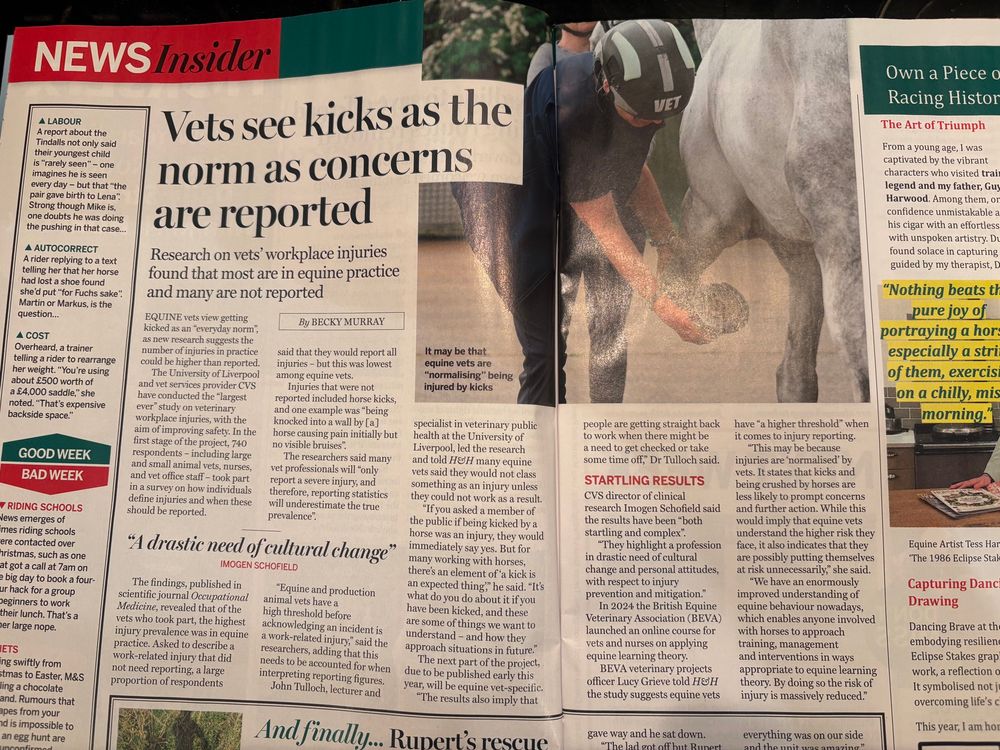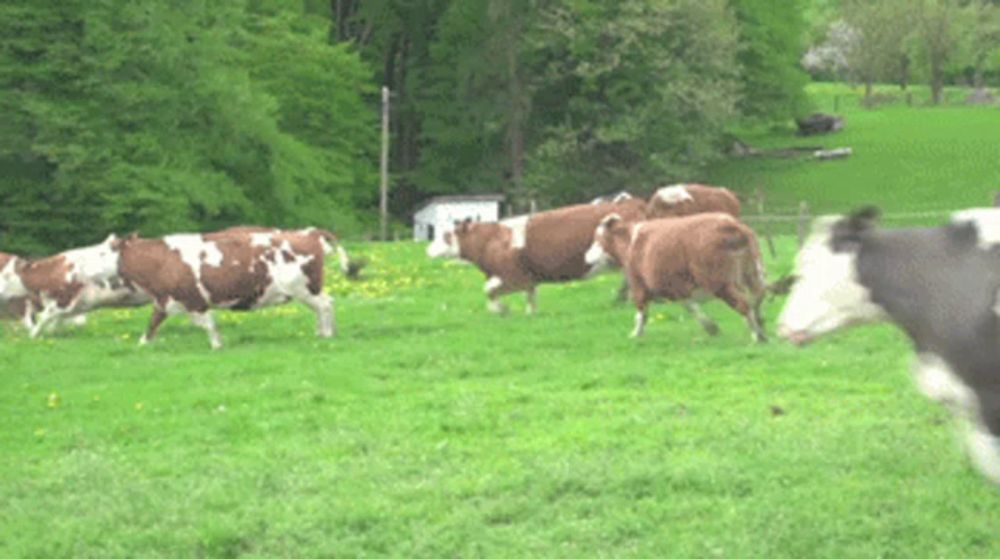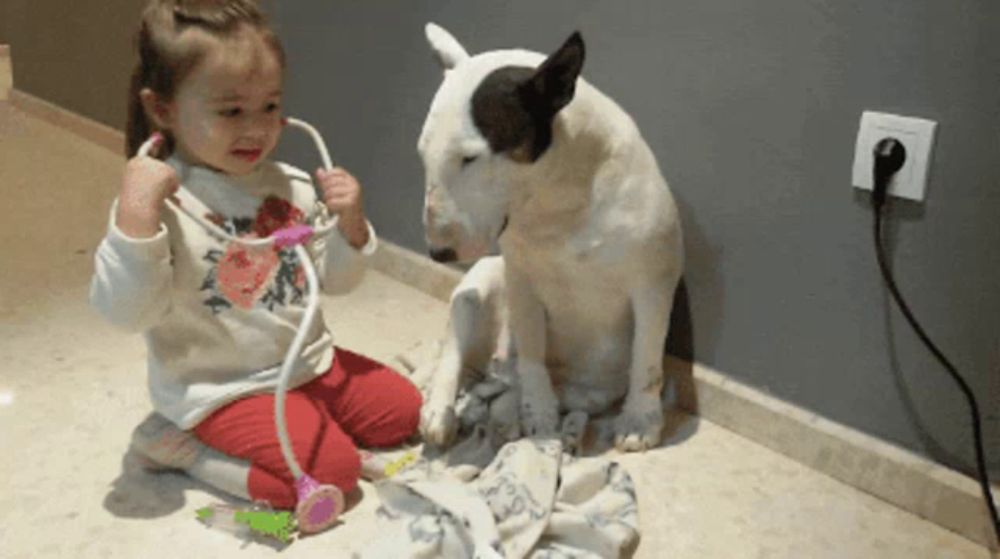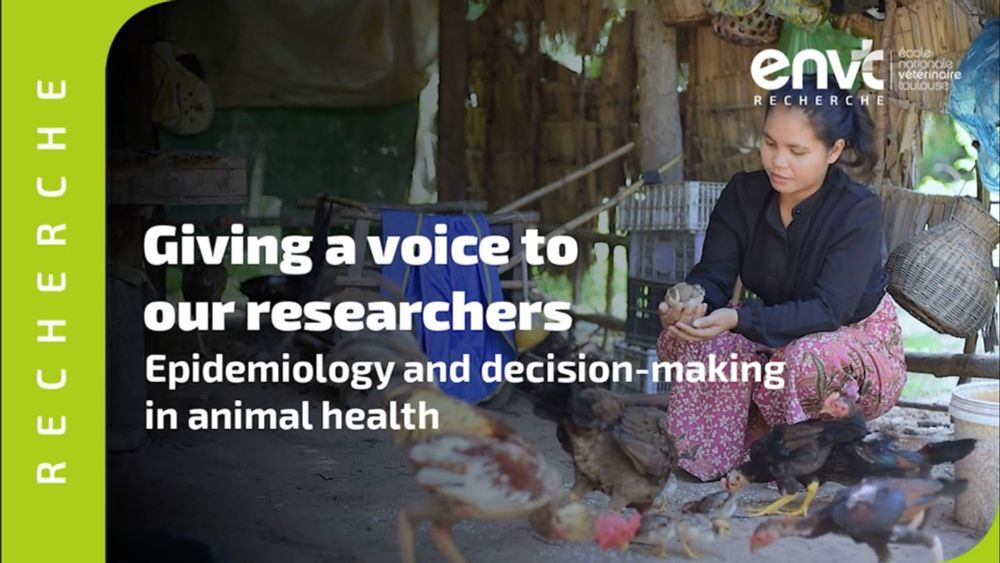Vet, Epidemiologist, UK & EU Veterinary Public Health Specialist, Researcher in zoonotic injuries & infections. Cricket, cycling, & music fan. All views my own https://www.liverpool.ac.uk/infection-veterinary-and-ecological-sciences/staff/john-tulloc .. more
Vet, Epidemiologist, UK & EU Veterinary Public Health Specialist, Researcher in zoonotic injuries & infections. Cricket, cycling, & music fan. All views my own https://www.liverpool.ac.uk/infection-veterinary-and-ecological-sciences/staff/john-tulloc
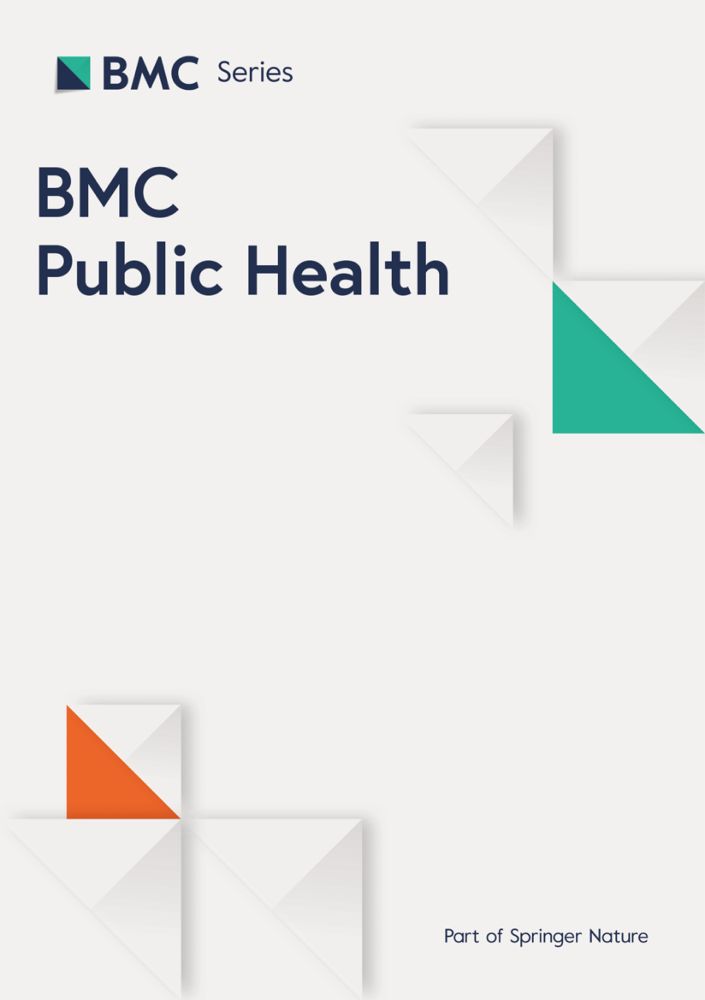
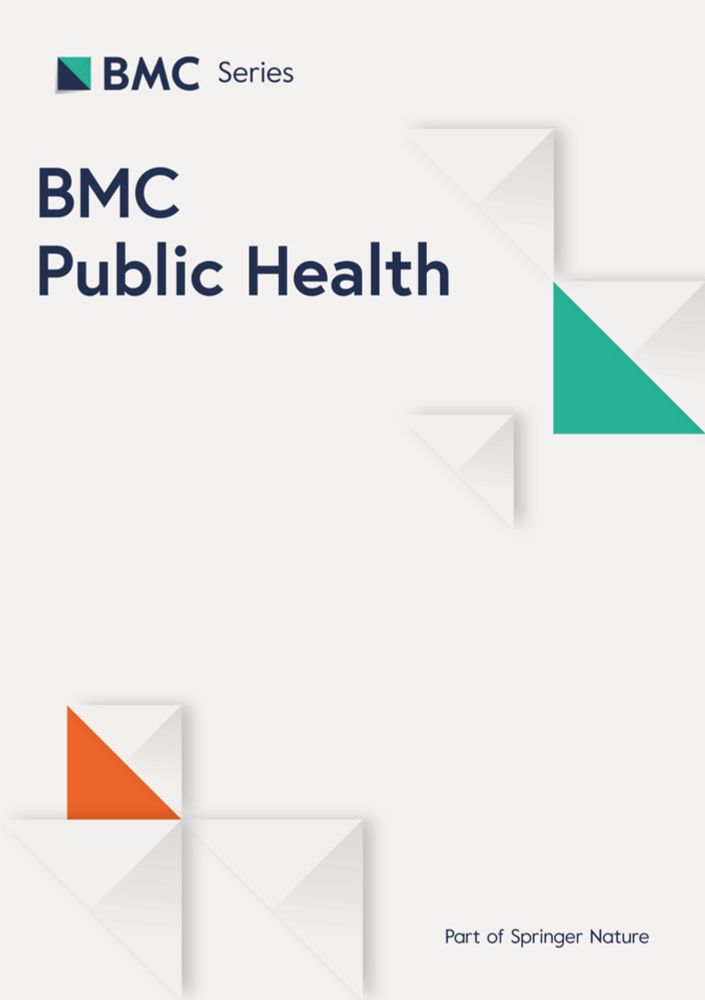
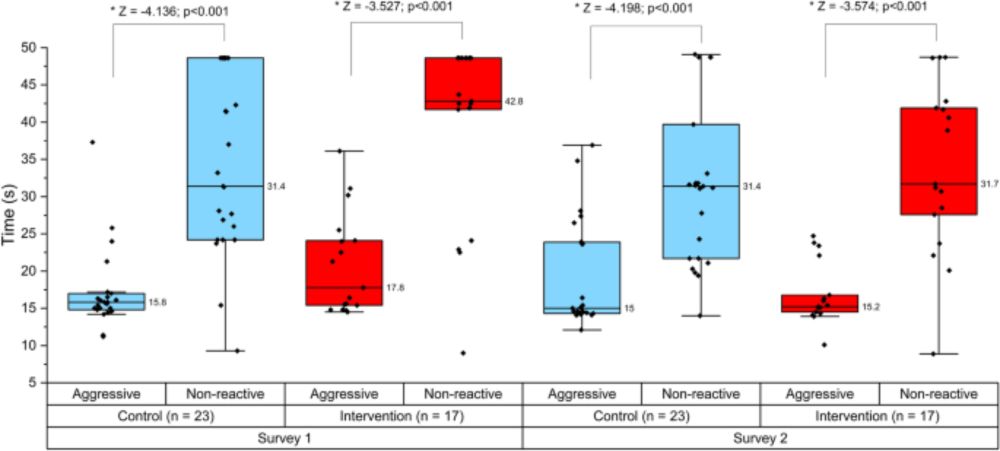
Reposted by John Tulloch

